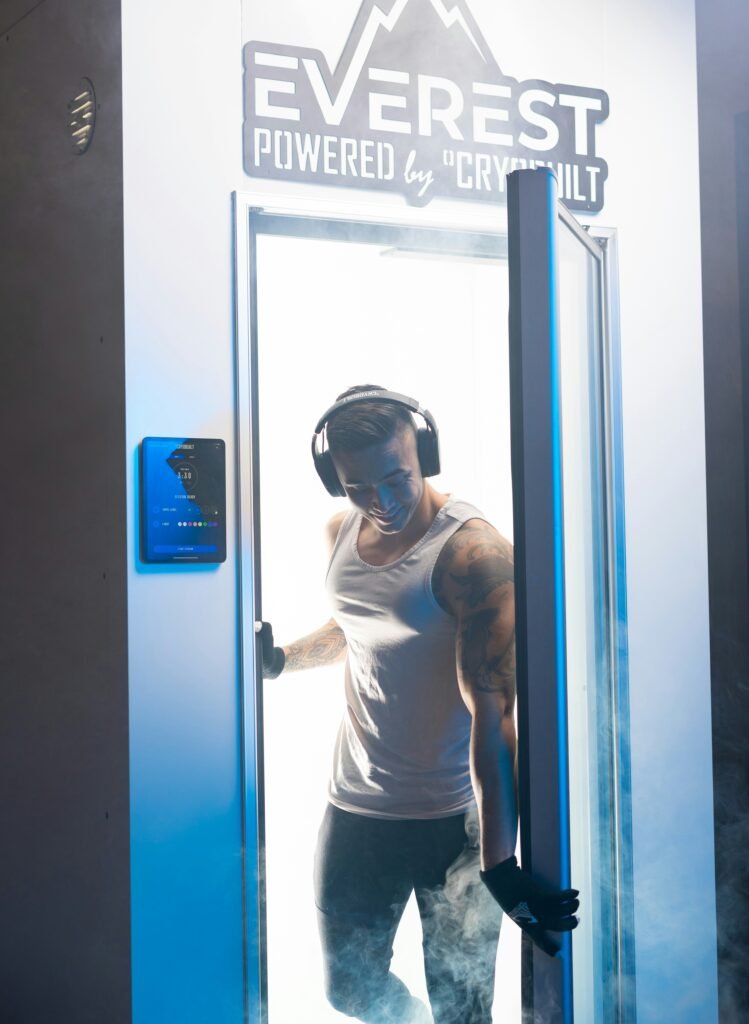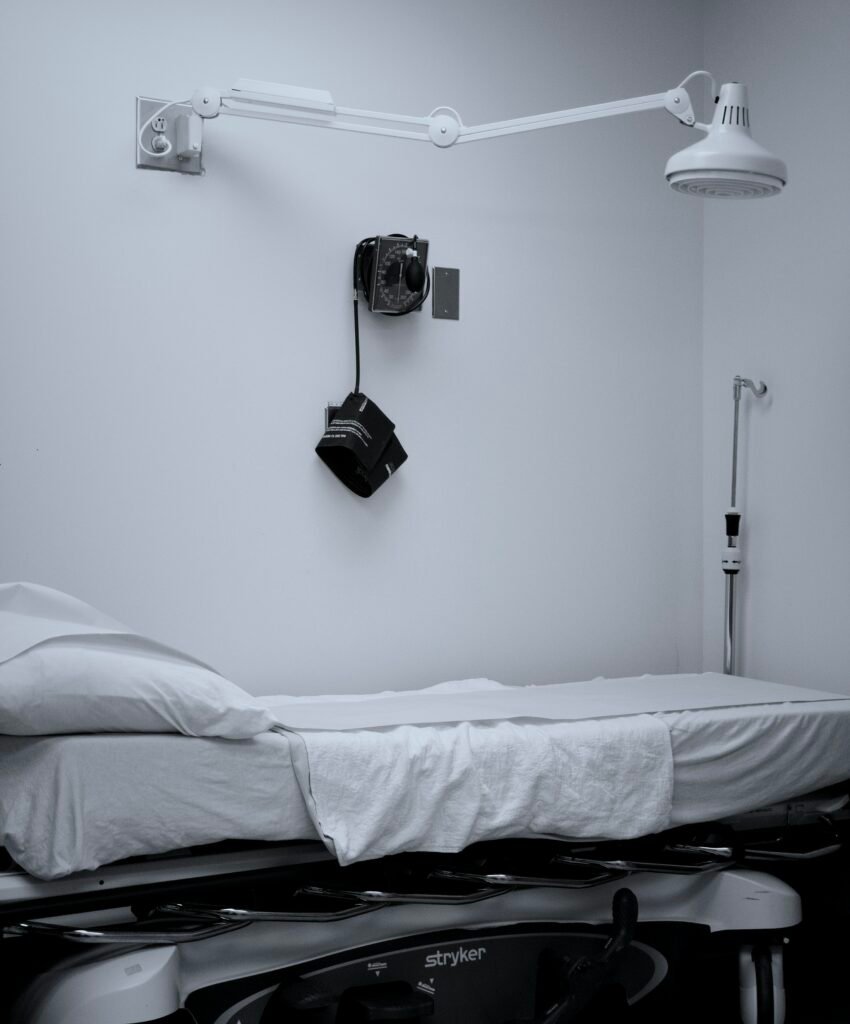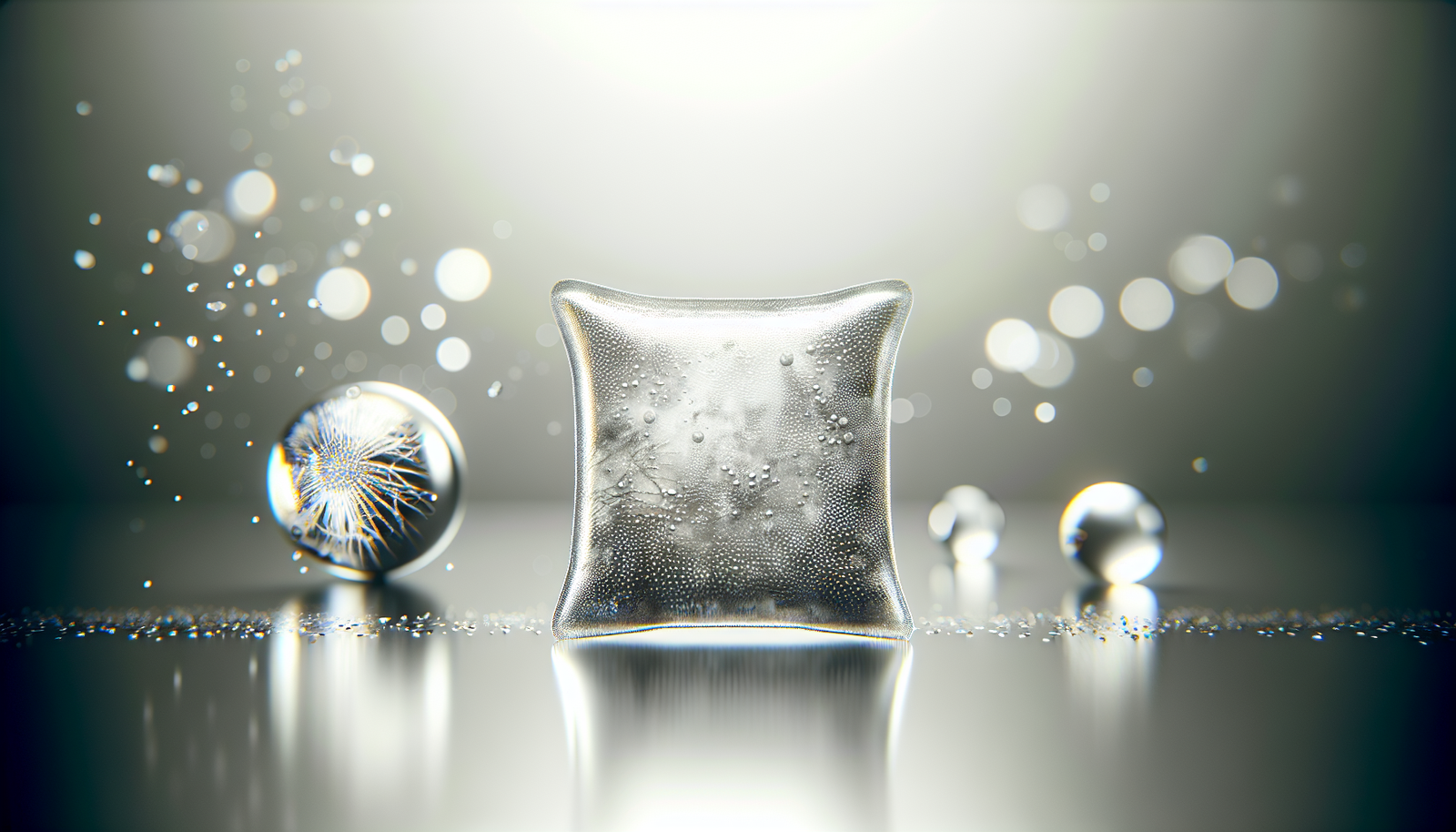Have you ever wondered about the unconventional treatments available for cancer patients? It’s a daunting journey, filled with uncertainty, and every option often feels like a double-edged sword. Among the myriad of treatments and modalities, cold therapy has surfaced as an increasingly popular discussion point. Some stand by it as a beacon of hope, while others view it as nothing more than a passing trend — hype instead of substance.
Understanding Cold Therapy
Cold therapy, also known as cryotherapy, involves the application of low temperatures to achieve various therapeutic effects. While it’s been used in sports medicine and physical rehabilitation for years to reduce inflammation and pain, its application in oncology is a newer frontier.
What is Cold Therapy?
At its core, cold therapy aims to lower the temperature of body tissues. You might think of it as a method of putting your body into a little bit of shock. It can take many forms, including localized treatments, whole-body cryotherapy, and the use of cryo-packs.
Cold therapy works through a variety of mechanisms. Primarily, it reduces blood flow to the area, potentially bringing down inflammation and swelling. It’s essential to understand that, while the concept might sound straightforward, the science behind it, especially in relation to cancer, is quite complex.
The Science Behind Cold Therapy in Cancer Treatment
It’s critical to get into the nitty-gritty of why some people believe cold therapy could be beneficial for cancer patients. The hypothesis centers around the idea that lowering the overall body temperature might affect tumor growth.
Potential Mechanisms
-
Metabolism Suppression: Cancer cells have a high metabolism, meaning they require more energy. Cold therapy could potentially slow down their growth.
-
Vascular Effects: Reduced blood flow can limit the nutrients delivered to a tumor, which could hinder its growth.
-
Immune Response Enhancement: Some proponents argue that cold therapy could stimulate the immune system, enabling it to better fight cancer.
Though these theories sound promising, you should tread carefully. Scientific validity is paramount, and while the mechanisms make for interesting speculation, they haven’t been conclusively proven.
Types of Cold Therapy
Cold therapy isn’t a one-size-fits-all approach. There are varied methods that cancer patients might consider. It’s essential to understand each type’s unique aspects.
Localized Cold Therapy
This form typically involves applying cold packs or using cold spray to a specific area of the body. It’s often administered to reduce localized pain or swelling.
Whole-Body Cryotherapy
If you’re curious about the more generalized approach, this technique exposes your whole body to extremely low temperatures for a short period. It’s often promoted as a rejuvenating treatment and might help reduce muscle soreness and inflammation.
Cryoablation
This surgical technique involves freezing cancer cells to destroy them. It’s selectively targeted and has shown promise in certain types of localized cancers. This falls more within medical procedures rather than a complementary treatment approach, but it’s worth mentioning in the overall discussion.
Cold Caps for Hair Preservation
For many cancer patients, hair loss during chemotherapy can be emotionally devastating. Cold caps work on the principle of reducing the temperature of the scalp, thereby potentially limiting hair loss during chemotherapy treatments.

The Evidence: Is There Hope?
When considering any treatment, it’s essential to look at the available evidence. Real hope lies in scientific research and clinical trials validating cold therapy’s efficacy for cancer patients.
Research Findings
Numerous studies have explored the implications of cold therapy on oncology. However, findings often yield a mix of results.
Positive Outcomes
Some preliminary studies suggest that cryotherapy may reduce tumor size or slow growth in specific cancers. For instance:
- Melanoma: There’s some anecdotal evidence that localized cooling may have positive effects on melanoma treatments.
- Breast Cancer: Studies about cold caps have shown mixed results but indicate that they could help some patients retain hair during chemotherapy.
Skepticism in the Medical Community
On the flip side, skepticism abounds. Many oncologists question the validity of using cold therapy as a standalone treatment due primarily to the lack of solid, peer-reviewed research. For many, cold therapy still falls into an experimental category, which is something you should consider when weighing your treatment options.
The Role of Clinical Trials
If you’re considering cold therapy, investigating ongoing clinical trials is crucial. This can offer insight into its effectiveness under rigorous scientific scrutiny and provide potential access to cutting-edge treatment options.
Possible Risks and Limitations
While discussing the potential benefits, it’s equally important to address the risks and limitations associated with cold therapy.
Cold-Induced Tissue Damage
Excessive exposure to cold can lead to frostbite or nerve damage. If you’re considering local treatments, listen to your body and start slowly, ensuring you’re aware of any adverse reactions.
Inconsistent Results
What works for one person may not work for another. Individual responses to cold therapy can vary drastically, and there’s no guarantee it will provide the desired effects.
Emotional & Psychological Factors
The journey through cancer treatment is emotionally taxing. Relying solely on cold therapy without addressing mental health needs or other symptoms may lead to unrealistic expectations and disappointment.

Patient Perspectives: Hope or Hype?
The conversation about cold therapy is often colored by personal experiences and anecdotes rather than solid evidence.
Voices of Hope
Many cancer patients have reported success stories attributed to cold therapy. Whether it’s an emotional boost from retaining hair during treatment or a sense of control over their cancer journey, these personal victories hold significant weight.
Voices of Caution
Conversely, there are those who laud it as a mere distraction from more effective treatments. Some patients might find that they invested time and hope in a treatment that didn’t yield the expected results.
Integrating Cold Therapy Into Your Treatment Plan
If you’re considering cold therapy as a complementary treatment, how do you go about integrating it responsibly into your regimen?
Consult Your Oncologist
Before making any decisions, make sure to consult your healthcare provider. They can help you determine whether cold therapy is appropriate for your condition and offer personalized advice tailored to your needs.
Stay Informed
The landscape of cancer treatments is rapidly evolving. Educate yourself on the latest research findings and engage in discussions with other patients and healthcare professionals. This will empower you with knowledge as you navigate your treatment plan.
Mindfulness in Choice
Adopting a holistic approach is crucial. Cold therapy should complement, not replace, existing evidence-based treatments for cancer. Consider it part of an overall care strategy that includes traditional medicine, lifestyle changes, and psychological support.

Conclusion: The Path Ahead
So, is cold therapy for cancer patients hope or hype? The answer likely lies somewhere in the middle. It is a field that needs further research and exploration. Embracing innovative treatments like cold therapy might provide comfort or aid for some, while for others, it may not hold substantial promise.
Moving Forward
Your journey with cancer is uniquely yours. As you contemplate cold therapy, consider its potential alongside scientific, medical advice and your personal experiences. Whatever path you choose, ensure it aligns with your values, beliefs, and health goals.
In the end, whether hope or hype, the most important thing is that you take charge of your journey toward healing. Remember, intelligence, awareness, and an open mind will serve you well as you grapple with the complexities of cancer treatments.

